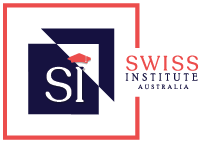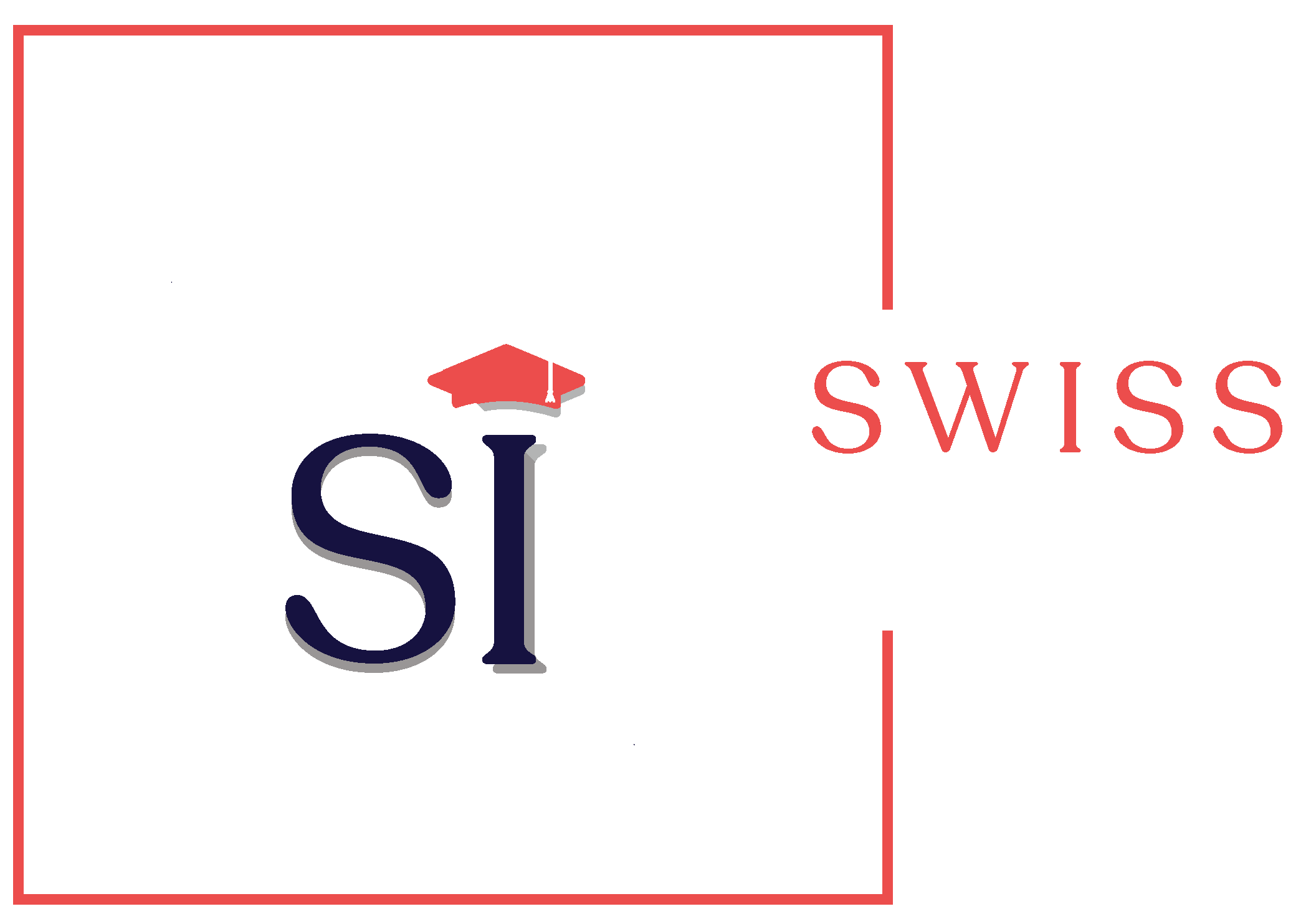Have you ever initiated a project you have been certain will be a huge accomplishment but that never arrived at its potential because deadlines were skipped and budgets were actually busted? This is why the value of very good project management becomes clear.
Developing a framework to launch and finish tasks that line up together with your strategic plan is crucial to accomplishing your objectives.
It is needless to say that there are a number of project management methodologies you may implement but no obvious preferred across sectors. That will help you select; we have outlined 7 project management strategies that have got proven good results and the sorts of conditions that they are best.
It is up to your control to decide what type can offer your organization’s most powerful framework.
1. Waterfall
The Waterfall is probably the less complicated method to apply and is perfect for brief, hassle-free projects. This plan is linear and sequential—simply listing duties sequentially and appearance them off along the way.
A job cannot be initiated until the previous one is comprehensive, so you cannot return to a previous project. (Carried out is completed.) For that Waterfall project management strategy to be successful, tasks must incorporate every step that requires be accomplished and set up in the rational, chronological order.
2. Agile
Agile is a type of project managing strategy depending on quick, constant enhancement. Actually popularized by software programmers, this strategy continues to be implemented by all sorts of groups and industries. Agile makes use of sprints, which happen to be quick task periods, to continually release enhancements to services or products.
The flexibleness of sprints allows for final-min modifications and may result in an increased quality deliverable. Agile is best suited for undertaking squads that need overall flexibility and pace (compared with Waterfall, which is ideal for teams requiring a precise, fixed strategy).
3. Scrum
Although Agile is more of a collection of guiding principles, Scrum works within the Agile framework to supply a particular set of project management guidelines. Including procedures for determining jobs, sources, finalization schedules, etc. Scrum is for quick delivery, with fast response periods and responsive modify.
Close collaboration is a major component of this approach—teams work with sprints together and have simple, daily standup conferences to statement on improvement. Each run must create a useful product or service.
Scrum is undoubtedly an iterative methodology largely found in the software sector for product development but can be put on small jobs that entail a higher degree of productivity and require extensive refining.
4. Critical Path
If you need a method that helps you understand the interdependency of resources, the Critical Path Method (CPM) is a valuable project management approach. This approach requires collecting each of the needed actions required to finish an undertaking and working on them by timeframe and dependencies.
For instance, a project to publish a software up-date includes an activity to create the technical paperwork, which ought to acquire 6 hours reliant on finalizing testing. Making use of CPM makes it easier to see vital and non-essential interactions (pathways) between duties and set up timeframes for completion.
It was made in the 1950s for missile defense construction projects; CPM is most effective for large campaigns determined by various sources interacting in complicated ways.
5. Critical Chain
When CPM is made upon process get, and resources, Critical Chain Method (CCM) stretches this project management tactic to consider resource supply. CCM builds up a hierarchy of actions and job channels based upon the use of sources.
A major technique of the method is to add buffers towards the “task chain” to cause the source of resource scarcity and shield the project schedule.
CPM is fantastic for project teams who desire a short series of tasks and estimated time of actions; CCM is preferable for teams who need to prioritize tasks by resource renewability and the small-time essential for finalization (by using a barrier additional).
6. PRiSM
PRiSM is a project management strategy that concentrates on socially accountable growth. Casually talking, it is also known as eco-friendly or environmentally friendly project management.
Although an average venture managing tool concentrates on days and spending budgets, PRiSM also considers long-term sustainability as having a target of minimizing any adverse environmental, financial, and social effects brought on by the project.
The PRiSM way is primarily used for sizeable real-estate advancement, construction, or infrastructure projects.
7. PMBOK
Not technically a strategy, the project management body of information (PMBOK) will be the Project Administration’s entire collection of procedures, very best procedures, terminologies, and guidelines.
PMBOK will be the ultimate help guide to undertaking management requirements for virtually any sector and outlines five significant procedure steps: initiate, plan, perform, control, and close. PMBOK is continually simply being up to date with new information and methodologies.






